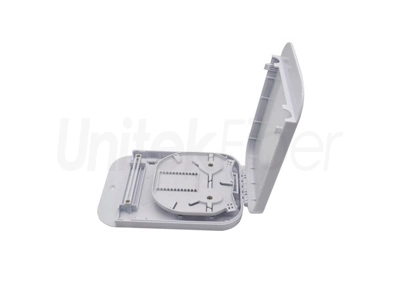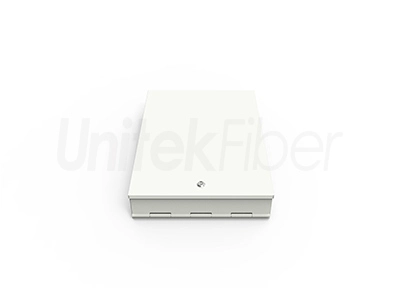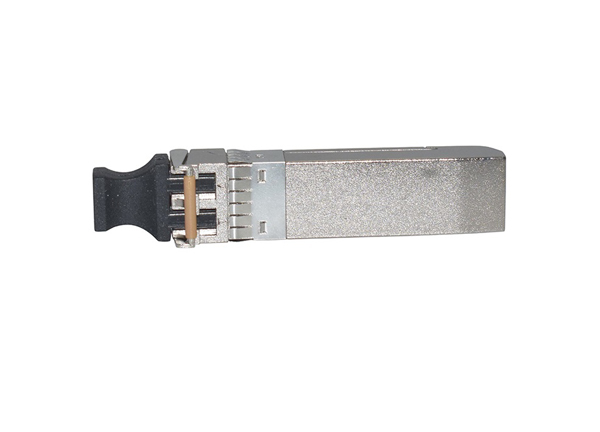
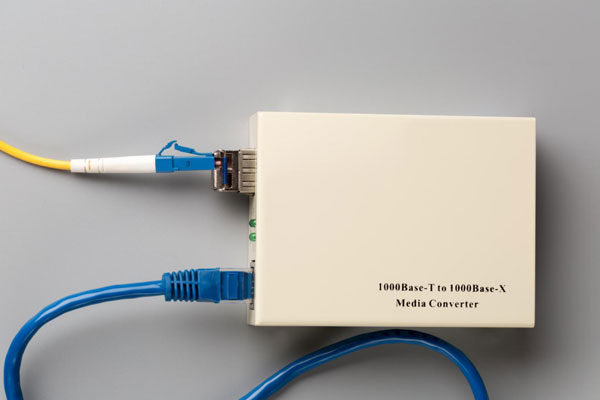
With the diversified development of optical fiber media converter, the classification methods are also different, but there is a certain correlation between the various classification methods.
Classified by fiber characteristics
According to the optical fiber, it can be divided into multi-mode optical fiber media converter and single-mode optical fiber media converter. Due to the different optical fibers used, the distance that the media converter can transmit is different. The transmission distance of multi-mode media converter is generally between 2 kilometers and 5 kilometers, while the range of single-modemedia converter can range from 20 kilometers to 120 kilometers. It should be pointed out that due to different transmission distances, the optical media converter's own transmit power, receiving sensitivity, and wavelength used will also be different.
For example, the transmission power of a 5km fiber media converter is generally between -20 and -14db, and the receiving sensitivity is -30db, using a wavelength of 1310nm, while the transmission power of a 120km fiber optic transceiver is mostly between -5 and 0dB, and the receiving sensitivity is at -38dB, a wavelength of 1550nm is used.
Classified by required fiber cores
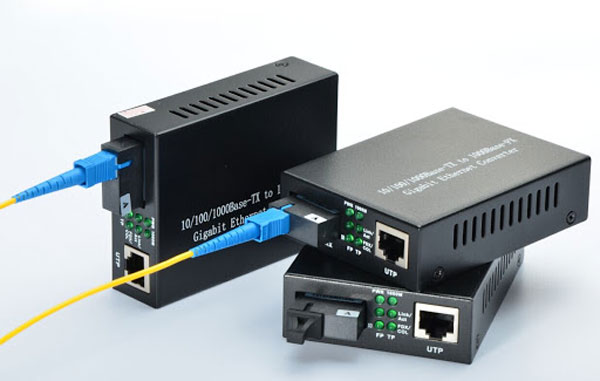
Single-fiber media converter: data sent and received on a single fiber.
Dual Fiber media converter: receive and send data transmitted on a pair of optical fibers.
Single-fiber equipment can save half of the optical fiber, that is, to receive and send data on one optical fiber, which is very suitable for places where fiber resources are tight. This type of product uses wavelength division multiplexing technology, and the wavelengths used are mostly 1310nm and 1550nm. However, because there is no unified international standard for single-fiber media converter, there may be incompatibilities when products from different manufacturers are interconnected. In addition, due to the use of wavelength division multiplexing, single-fiber transceiver products generally have the characteristics of large signal attenuation. At present, most optical fiber media converter on the market are dual-fiber products. Such products are relatively mature and stable, but more optical fibers are required.
Classified by work rate
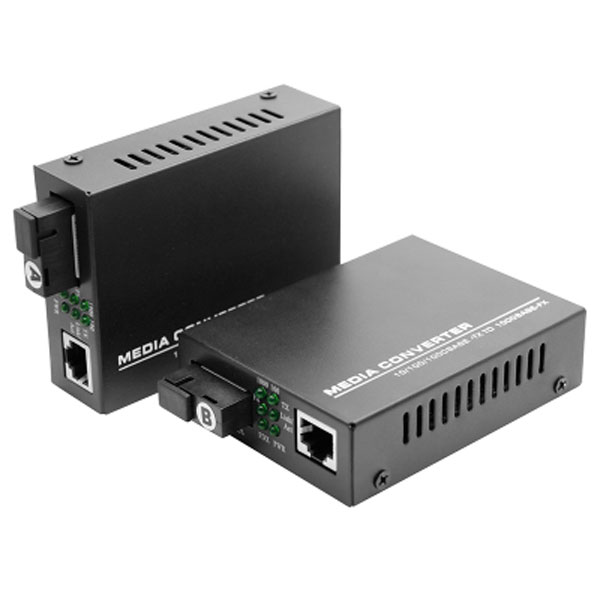
100M Ethernet media converter: working at the physical layer
10 / 100M Adaptive Ethernet Optical Transceiver: working at the data link layer
According to the working rate, it can be divided into single 10M and 100M fiber media converter, 10 / 100M adaptive fiber media converter, and 1000M fiber media converter. The single 10M and 100M media converters work at the physical layer, and the media converters working at this layer forward the data bit by bit. This forwarding method has the advantages of fast forwarding speed, high transmission rate, and low delay. It is suitable for fixed-rate links. At the same time, such devices do not have a self-negotiation process before normal communication, so they are compatible better performance and stability.
The 10 / 100M fiber media converter works at the data link layer. At this layer, the fiber optic media converter uses a store-and-forward mechanism. In this way, the forwarding mechanism must read its source MAC address and destination for each packet received MAC address and data payload, and the data packet is not forwarded until the CRC cyclic redundancy check is completed. The advantage of store and forward can prevent some error frames from spreading on the network, occupying valuable network resources, and it can also prevent data packet loss caused by network congestion. When the data link is saturated, store and forward The forwarded data is first placed in the buffer of the media converter, and then forwarded when the network is idle. This not only reduces the possibility of data collisions, but also ensures the reliability of data transmission. Therefore, the 10 / 100M fiber optic transceiver is suitable for working on links with variable speeds. 1000M fiber optic transceivers can work at the physical layer or data link layer according to actual needs. Both types of 1000M fiber optic transceivers are available on the market.
Classified by structure
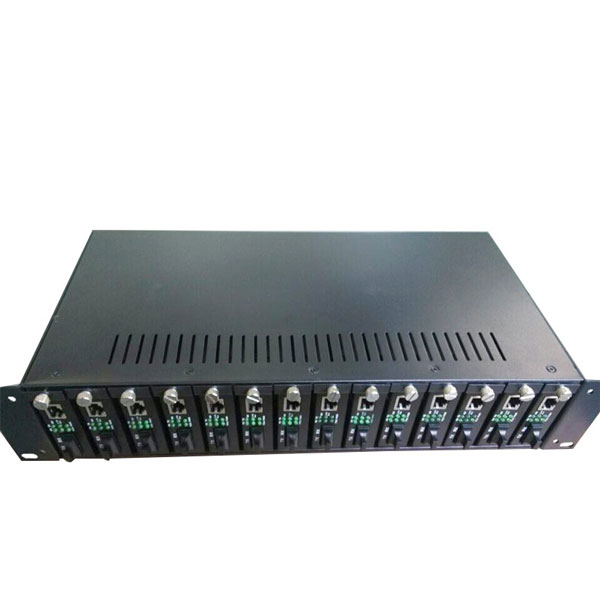
According to the structure, it can be divided into desktop (stand-alone) optical media converter and rack optical media converter. The desktop media converter is suitable for a single user, such as the uplink of a single switch in the corridor. The rack-type (modular) media converter is suitable for the aggregation of multiple users. For example, the central computer room of the community must meet the uplink of all the switches in the community. The use of a rack facilitates the unified management and unified power supply of all modular optical media converter. At present, most domestic rack media converters are 16 slot. That is, a maximum of 16 modular fiber media converters can be inserted into a rack.
Classified by management type
According to the network management, it can be divided into network management fiber optic media converters and non-network management fiber media converters. As the network develops in an operable and manageable direction, most operators hope that all equipment in their networks can achieve remote network management. Fiber optic media converters, like switches and routers, are gradually developing in this direction. For network-manageable optical media converters, it can also be subdivided into local-side network-manageable and user-side network-manageable. The centrally manageable optical fiber media converters are mainly rack-type products, and most adopt a master-slave management structure. That is, one master network management module can be connected in series with N slave network management modules, and each slave network management module polls its subrack periodically. Submit the status information of all fiber optic media converters to the main network management module. On the one hand, the master network management module needs to poll the network management information on its own rack. On the other hand, it also needs to collect all the information on the slave subracks, and then aggregate and submit it to the network management server.
Classified by power supply
According to the power supply, it can be divided into two types: built-in power and external power. The built-in switching power supply is a carrier-grade power supply, and the external transformer power supply is mostly used in civilian equipment. The advantage of the former is that it can support ultra-wide power supply voltage, better achieve voltage stabilization, filtering and equipment power protection, and reduce external failure points caused by mechanical contact. The advantages of the latter are small size and cheap price.
If you neen more information or support on fiber optical products, please don't hesitate to contact us sales@unitekfiber.com, we will try our best to support you.

